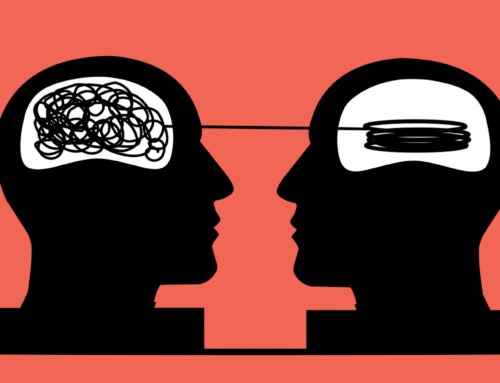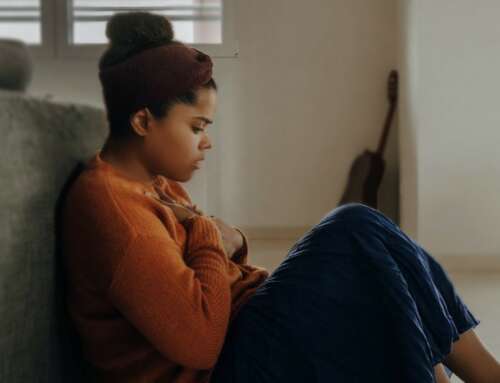The blurb on the back of the book had an enticing promise: “Take a few minutes out of your day and colour your way to peace and calm”.
After decades of grappling with acute anxiety, perhaps this mindfulness colouring book would be my magic bullet. I bought a pack of fancy pencils and got to work, colouring religiously for days.
But the peace I’d been promised was not forthcoming. The panic attacks did not stop and my racing brain refused to slow down. All I ended up with was a sore hand and my unrelenting inner critic screaming, “You can’t even colour right, you f—ing crazy woman!”
Mindfulness, we’re told, is the panacea for all our woes. Struggling with depression? Just stare at the intricate grooves of a raisin for 10 minutes. Marriage falling apart? Eat a square of chocolate one millimetre at a time.
Douchebag boss making your job a living hell? Wash the dishes with a calm and observant mind, noticing the delicate patterns on each grimy plate.
Over the past decade, we’ve seen a proliferation of mindful workplaces, mindful schools and mindful eating, in a movement that has been lauded as the catch-all cure for a sick society.
In theory, mindfulness is a helpful concept. The act of quietening the mind by staying in the present, paying careful attention to the sights, sounds and sensations around you, has been shown to have mental health benefits when practised regularly.
But our sense of being overwhelmed at the pace of modern life won’t be tackled by simply taking a few deep breaths and gazing wistfully at a palm tree. For many people with ongoing mental health issues, mindfulness is a simplistic “magic pill” solution to a complex problem.
And no amount of staring at a raisin will obscure the inescapable fact that many of us work too damn much to be calm.
– Jill Stark
Read More: Mindfulness is Fine, but Staring at a Raisin Won’t Cure Anxiety








Leave A Comment